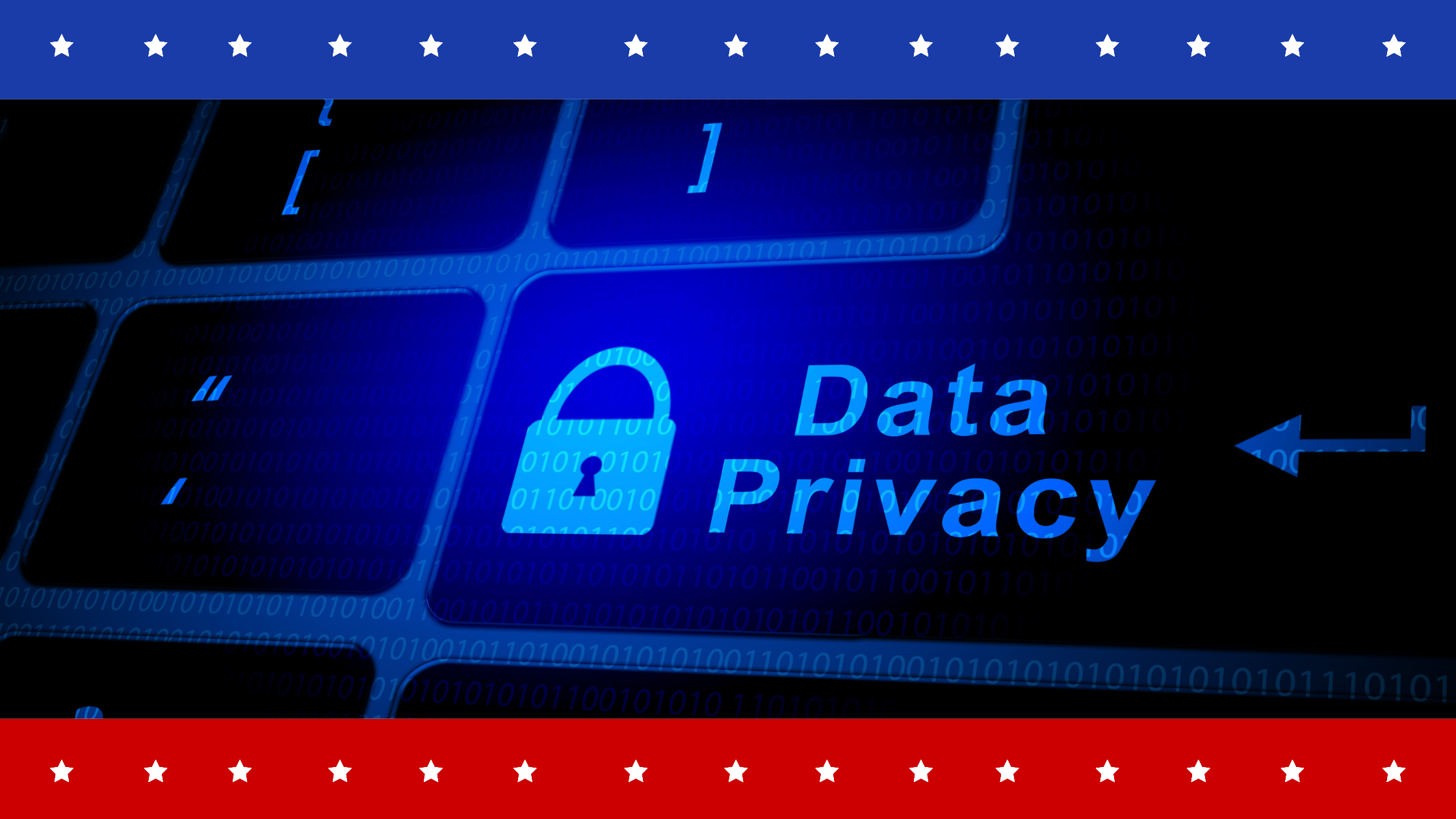Malware, ransomware, data breaches – organizations around the world have more cybersecurity issues to worry about than ever before.
While cybersecurity experts pour over document management workflows and develop new ways to protect employee workstations, one office device is consistently overlooked. Network-enabled printers are an important threat vector in cybersecurity. As imaging equipment becomes more sophisticated, devices offer increasingly attractive vulnerabilities that clever cybercriminals can expose. Cybercrime generated at least $1.5 trillion in 2018 alone. From small breaches to full-scale cyberattacks, there is no shortage of opportunities for criminal gain.
How Printers Represent a Threat to Document Security
Most printer manufacturers configure their machines to operate right out of the box. Reducing configuration time improves the customer experience since nobody wants to have to spend 30 minutes to an hour configuring a brand-new machine. Customers just want their products to work.
The easiest and most effective way to do this is configuring the machine to accept all incoming connections from the moment it is first turned on. If users maintain this configuration as is, cybercriminals can easily access the system and immediately start extracting documents or uploading malware throughout the network.
This is the first reason why printers often represent the weakest link for document security and management. Even networks configured for printer security may present threats by other means:
• Unencrypted Traffic - To print a document, printers must receive digital files containing all of the information contained in the document. If that information is not encrypted, cybercriminals can intercept the traffic and make copies of any document sent to print.
• Unauthenticated Output - It is dangerous to leave sensitive documents in a print output tray. Any employee or passerby could glance at the data contained. Someone could even make themselves a copy – the machine is right there. Requiring employees to authenticate for print output is a key step toward improving document security.
• Vulnerable Firmware - Printer, copier, and multifunction printer (MFP) security relies on up-to-date firmware to close security loopholes as manufacturers discover them. Failure to update to the latest firmware could lead enterprising cybercriminals to make their malicious firmware and upload it to your system. Manufacturers are always on the lookout for new vulnerabilities.
• Obsolete Security Features - Cybercriminals and security professionals are in a full-scale arms race. Investing in modern print technology may be the only way to prevent new vulnerabilities from being exploited. New equipment can address new vulnerabilities that would compromise older devices.
Closing the Printer and Copier Security Gap
While document security may seem like an intractable issue, it is one that any organization can stay ahead of. There may never be a comprehensive solution that can guarantee your equipment is completely safe from cyberattacks, but you can incorporate best-in-class document management solutions that close the gap.
One of the best ways to do this is to invest in a managed service partnership. Unless you already have an expert cybersecurity team working for you, it would take an unreasonable amount of time, energy, and resources to create a fully functioning security operations solution you can rely on and improve over time.
Managed services solve this problem by placing responsibility for the development, deployment, and maintenance of technological infrastructure on your vendor. Your vendor benefits from economy of scale and can focus exclusively on meeting the needs of a dynamic security landscape.
At the same time, you free up your own IT assets and talent to work on what they do best, like developing strategic initiatives to improve the value of business processes. Cybersecurity becomes part of your managed service contract.
This can have wide-ranging effects on your security profile. Instead of dedicating IT talent to identifying MFP security loopholes and finding new ways to ensure secure printing, you can simply implement a customized network infrastructure for the purpose.
This opens possibilities for document management services to improve business processes by making documents easier to find. A centralized, cloud-based content management database with end-to-end encryption can close many of the gaps that IT teams spend so much time on.
Order a Print Assessment Today
The first step towards maintaining best-in-class print and document security is getting a comprehensive assessment. Commercial organizations need expert guidance to find the best path forward when it comes to protecting their data from unauthorized intruders and cybercriminals.
This assessment identifies opportunities for security improvements by gathering real data on your print processes as they occur. Analyzing this data is the first step toward creating a tight perimeter around your print network.



Leave Comment